Issue 16(28)
Demyanchuk T. Legal grounds for the rehabilitation of the victims of soviet totalitarism in the 1950s
Demyanchuk T. Legal grounds for the rehabilitation of the victims of soviet totalitarism in the 1950s
https://doi.org/10.33098/2078-6670.2023.16.28.24-31
Purpose. The purpose of the publication is to establish the number of victims of Soviet totalitarianism, as well as to characterize the social and legal conditions of the process of rehabilitation of repressed persons in the 1950s. Methods. The methodological basis of the research was a set of principles of historicism, objectivity, as well as general scientific, special scientific and philosophical methods. Results. It was established that the process of rehabilitation of victims of mass repressions had no specific legal prerequisites, it was an exclusively politically determined action aimed on the one hand at the elimination of opponents in the process of the struggle for power after the death of J.Stalin. The historical prerequisites of rehabilitation are determined by a long-term and systematic government policy aimed at physical restriction and liquidation of certain categories of people who were accused of «political crimes». It was established that the first attempt at rehabilitation, which took place in 1939-1940s, was a selective amnesty for certain categories of persons who were serving sentences. At the same time, this amnesty did not apply to Ukrainians serving sentences for political crimes. The real process of rehabilitation began after the death of J.Stalin in 1953. From a legal point of view, the rehabilitation was half-hearted. Legally, the majority of persons who were amnestied in the 1950s became rehabilitated only after 30-40 or more years. Originality. Statistical information on the number of victims of Stalinist repressions is given, and legal approaches to the rehabilitation of victims in the 1950s are also analyzed. Practical significance. The results of the research can be used for the preparation of lectures and special courses on the history of the state and law, popularization of the historical past, preservation of historical memory and condemnation of the actions of Soviet leaders.
Key words: repression, «great terror», totalitarianism, Soviet law, rehabilitation, penal system.
References
1. Antonov-Ovsiienko, A.V. (1991). Protystoiannia [Opposition]. Literaturna hazeta [Literary newspaper]. S. 3. (in Ukrainian)
2. Bazhan, O. (1999). Protses destalinizatsii v Ukraini (druha polovyna 50-kh – pochatok 60-kh rokiv) [The process of de-Stalinization in Ukraine (the second half of the 50s – the beginning of the 60s)]. Z arkhiviv VUChK-HPU-NKVD-KHB, 1-2, 469-480. (in Ukrainian)
3. Breha, M.V. (2010). Protses destalinizatsii i suspilni nastroi ukrainskoho naselennia u 1953-1964 rr. [The process of de-Stalinization and social attitudes of the Ukrainian population in 1953-1964.]. Mykolaiv: TOV «Firma «Ilion». (in Ukrainian)
4. Boiko, L.S. et al. (1991). Z poroha smerti: Pysmennyky Ukrainy – zhertvy stalinskykh represii [From the brink of death: Ukrainian writers are victims of Stalinist repressions]. K.: Rad. Pysmennyk. (in Ukrainian)
5. Kurilova, I.V., Mikhailova, N.N., Naumova, V.P. (1991). Reabilitatsiya. Politicheskie protsessi 30-50-kh godov [Rehabilitation. Political processes of the 30-50s]. Moskva: Politizdat. (in Russia).
6. Misinkevych, L. L. (2005). Beriievska «vidlyha» 1939 roku: prychyny ta naslidky [Erie «thaw» of 1939: causes and consequences]. Istoriia Ukrainy. Malovidomi imena, podii, fakty : zb. nauk. st. [History of Ukraine. Little-known names, events, facts: coll. of science], 30, 173-185. (in Ukrainian)
7. Misinkevych, L. L. (2010). Reabilitatsiia zhertv politychnykh represii periodu khrushchovskoi «vidlyhy» [Rehabilitation of victims of political repression during the Khrushchev «thaw»]. Universytetski naukovi zapysky, 2, 6-17. (in Ukrainian)
8. Misinkevych, L.L. (2002). Vysvitlennia protsesu reabilitatsii zhertv politychnykh represii u pratsiakh zarubizhnykh ta vitchyznianykh doslidnykiv [Coverage of the process of rehabilitation of victims of political repression in the works of foreign and domestic researchers]. Kraieznavstvo, 1-4, 60-63. (in Ukrainian)
9. Misinkevych, L.L. (2008). Reabilitatsii zhertv derzhavnoho teroru (seredyna XX – pochatok XXI stolittia): istoriohrafiia problemy [Rehabilitation of victims of sovereign terrorism (mid-20th – early 21st century): historiography of the problem]. Istoriia Ukrainy: malovidomi imena, podii, fakty, 35, 347-368. (in Ukrainian)
10. Pechenina, N.A. (2012). Reabilitatsiia 1950-kh rokiv v Ukraini (za dokumentamy Derzhavnoho arkhivu Dnipropetrovskoi oblasti) [Rehabilitation of the 1950s in Ukraine (according to documents from the State Archive of the Dnipropetrovsk Region)]. Humanitarnyi zhurnal, 2-3 (24), 91-96. Avaliable at: https://ipt.nmu.org.ua/ua/vidavn/gj/2012_2-3/Pechenin.pdf (in Ukrainian)
11. . Zdravomislov, B.V, Gelfer, M.A., Grishaev, P.I. (1982). Sovetskoe ugolovnoe pravo. Chast obshchaya: Uchebnik [Soviet criminal law. General part: Textbook]. M.: Yuridicheskaya literatura, 1982. (in Russian)
12. Shtohrin, I. Doslidnyky kazhut pro miliony zhertv komunistychnykh represii v Ukraini vid 1919 po 1991 rik [Researchers say about millions of victims of communist repression in Ukraine from 1919 to 1991]. Avaliable at: https://www.radiosvoboda.org/a/den-pamyati-gertv-represi%D0%BD/30616759.html. (in Ukrainian)
- Antonov-Ovseenko, A. (1980). The Time of Stalin: Portrait of a Tyrany. New York. (in English)
- Levytsky, B. (1974). The Stalinist Terror in the Thirties: Documentation from the Soviet Press. Stanford. (in English)
- Oppenheim, S. (l967). Rehabilitation in the PostStalinist Soviet Union. The Western Political Quargerly, 20, 1. (in English)
- Shapiro, J. P. (1969). Rehabilitation Policy Under Post-Khrushchev Leadership. Soviet Studies. Vol. 20, 4. (in English)
- Shapiro, J. P. (1968). Soviet Historiography and the Moscov Trials: After Thirty Years. Russian Review. (Vol. 27), 1, 69. (in English)



